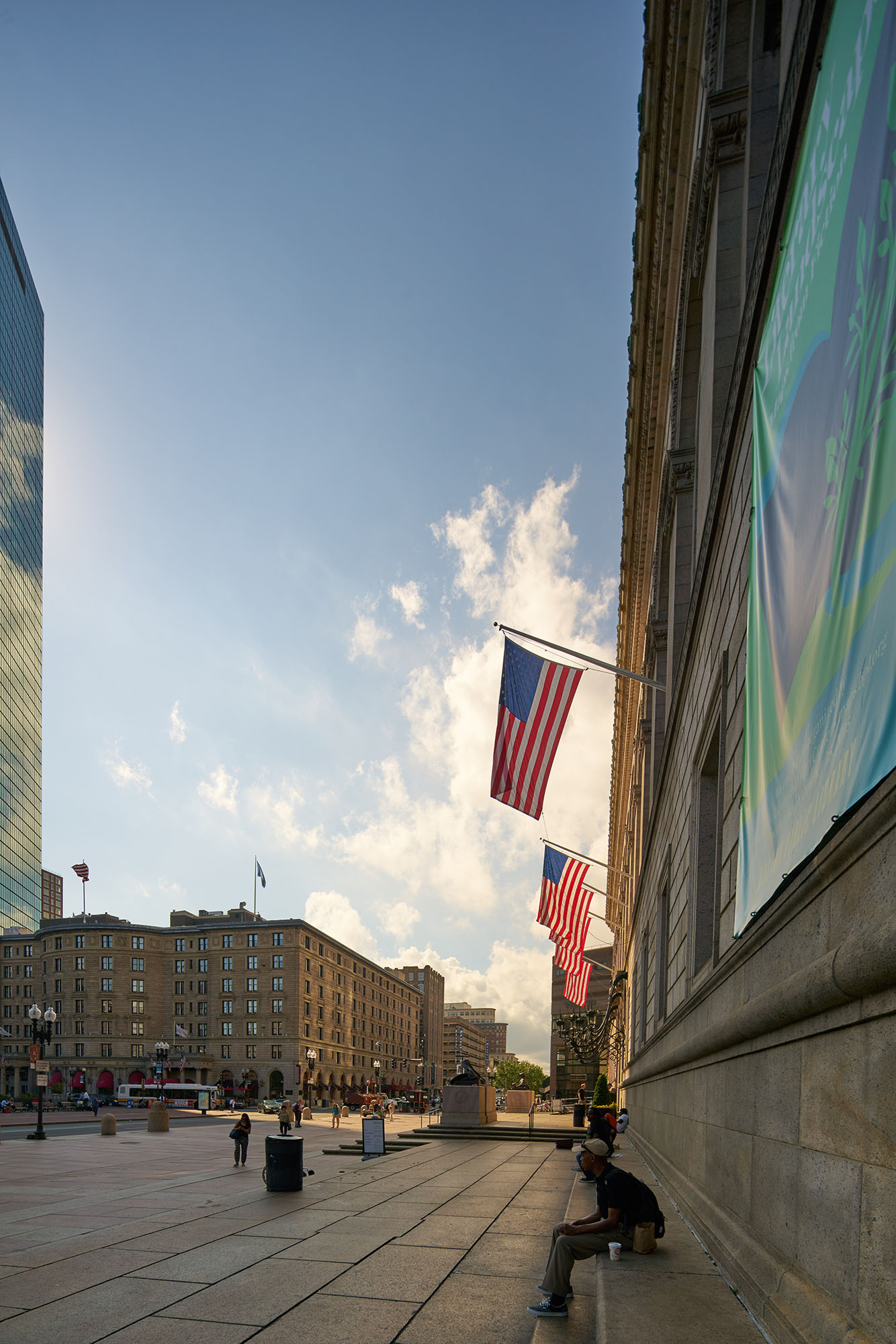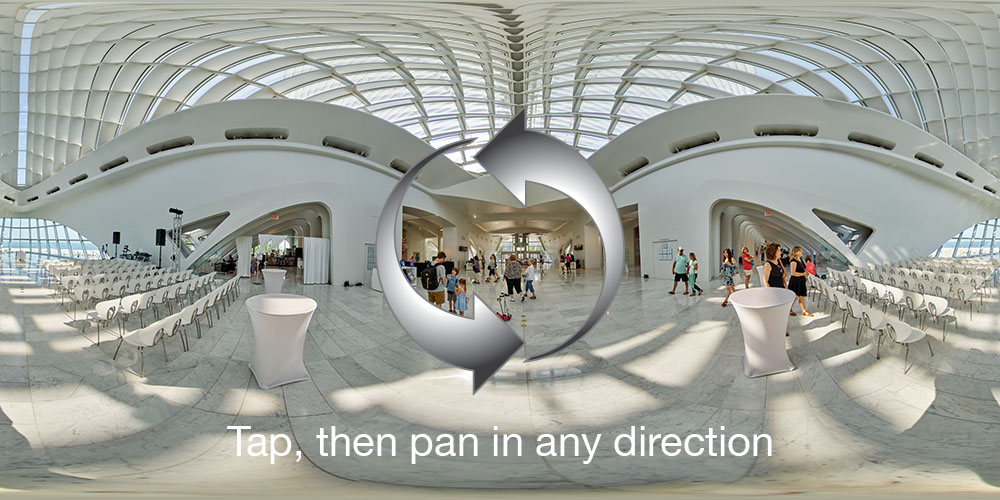We don’t think we hate cheap things – but we frequently behave as if we rather do. Consider the pineapple. Columbus was the first European to be delighted by the physical grandeur and vibrant sweetness of the pineapple – which is a native of South America but had reached the Caribbean by the time he arrived there.
The first meeting between Europeans and pineapples took place in November 1493, in a Carib village on the island of Guadaloupe. Columbus’s crew spotted the fruit next to a pot of stewing human limbs. The outside reminded them of a pine cone, the interior pulp of an apple. But pineapples proved extremely difficult to transport and very costly to cultivate. For a long time only royalty could actually afford to eat them: Russia’s Catherine the Great was a huge fan as was Charles II of England. A single fruit in the 17th century sold for today’s equivalent of GBP 5000. The pineapple was such a status symbol that, if they could get hold of one, people would keep it for display until it fell apart. In the mid-eighteenth century, at the height of the pineapple craze, whole aristocratic evenings were structured around the ritual display of these fruits. Poems were written in their honour. Savouring a tiny sliver could be the high point of a year.
Fast food reinvented? Eatsa, a fully automated restaurant, opens today
According to co-founders Scott Drummond and Tim Young, Eatsa is all about using technology to reinvent fast food.
What does that mean exactly?
As far as the food, the base for these affordable, fast, healthy — and completely meat-free — meals is quinoa. Diners can select from about 8 menu options ($6.95/bowl) — like the burrito bowl with beans, corn and guacamole — or choose to customize their own bowl themselves.
Death of cash’ predicted within a decade
The Only Color

Time & Money
Here is what I learned from 40 years of traveling: Of the two modes, it is far better to have more time than money.
When you have abundant time you can get closer to core of a place. You can hang around and see what really happens. You can meet a wider variety of people. You can slow down until the hour that the secret vault is opened. You have enough time to learn some new words, to understand what the real prices are, to wait out the weather, to get to that place that takes a week in a jeep.
Money is an attempt to buy time, but it rarely is able to buy any of the above. When we don’t have time we use money to try to get us to the secret door on time, or we use it avoid needing to know the real prices, or we use money to have someone explain to us what is really going on. Money can get us close, but not all the way.
Nakoma @100 Neighborhood Party
Morning Light: Boston



What tips and tricks have you learned that have made it easier to live in China?
Here are some of my life hacks, acquired from 17 years of living here:
Get an e-bike. They’re cheap (RMB 2500-3000 for a perfectly good one, a fair bit more if you buy the lithium ion battery but I do think it’s worth it, if for no other reason than it’s light and you can carry it up to your digs to charge without fear that it’ll get swiped), cost virtually nothing to charge up (a fraction of a kilowatt hour), and they let you avoid the maddening traffic of the bigger cities. They pay for themselves in virtually no time. Get the attached fur-lined glove thingies for the winter, a pair of serviceable chaps to keep your legs warm, and wear a helmet.
Also get a bicycle. Chinese cities are a bit too big to explore entirely on foot, and riding around in subways/buses/taxis you miss all the wonderful street-level detail. A bike’s a great compromise. A wise man once said of China, “Every day, you see something you don’t see everyday.” Make sure you keep your eyes open.
Milwaukee Art Museum
The Next Great GMO Debate
The Colorado potato beetle is a voracious eater. The insect can chew through 10 square centimeters of leaf a day, and left unchecked it will strip a plant bare. But the beetles I was looking at were doomed. The plant they were feeding on—bright green and carefully netted in Monsanto’s labs outside St. Louis—had been doused with a spray of RNA.
The experiment took advantage of a mechanism called RNA interference. It’s a way to temporarily turn off the activity of any gene. In this case, the gene being shut down was one vital to the insect’s survival. “I am pretty sure 99 percent of them will be dead soon,” said Jodi Beattie, a Monsanto scientist who showed me her experiment.
The discovery of RNA interference earned two academics a Nobel Prize in 2006 and set off a scramble to create drugs that block disease-causing genes. Using this same technology, Monsanto now thinks it has hit on an alternative to conventional genetically modified organisms, or GMOs. It can already kill bugs by getting them to eat leaves coated with specially designed RNA. And if the company succeeds in developing sprays that penetrate plant cells, as it’s attempting to, it could block certain plant genes, too. Imagine a spray that causes tomatoes to taste better or helps plants survive a drought.


